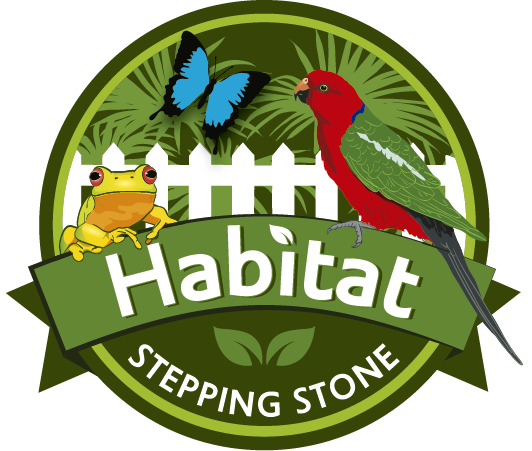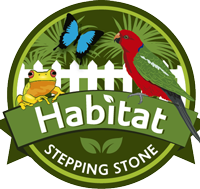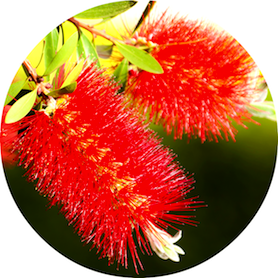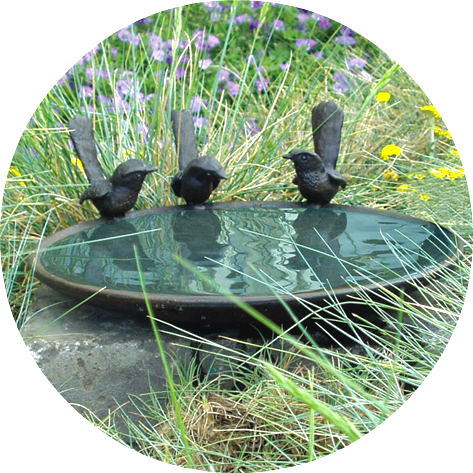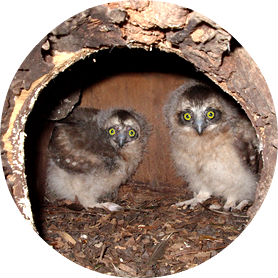How do habitat stepping stones help preserve biodiversity?
Providing habitat stepping stones between existing wildlife corridors enables animals to move through the landscape and is one of the most important factors in maintaining biodiversity.
- Habitat stepping stones:
- Facilitate the migration of species to buffer the effects of drought and fire
- Encourage genetic diversity which lessens in-breeding and susceptibility to disease
- Enable species to migrate as climate changes
